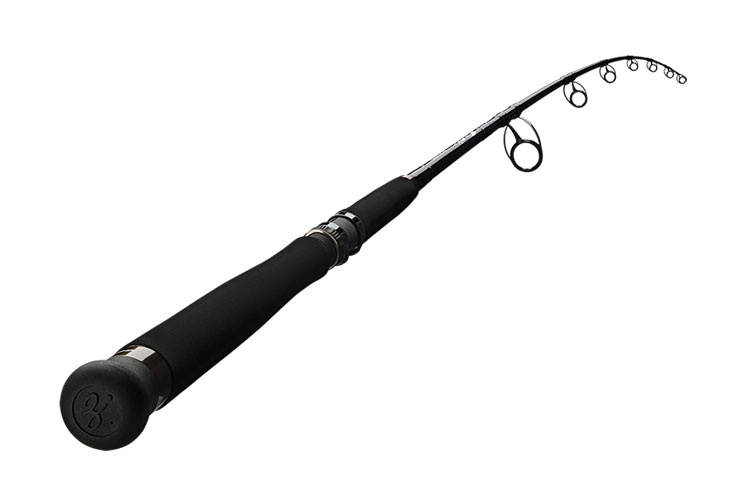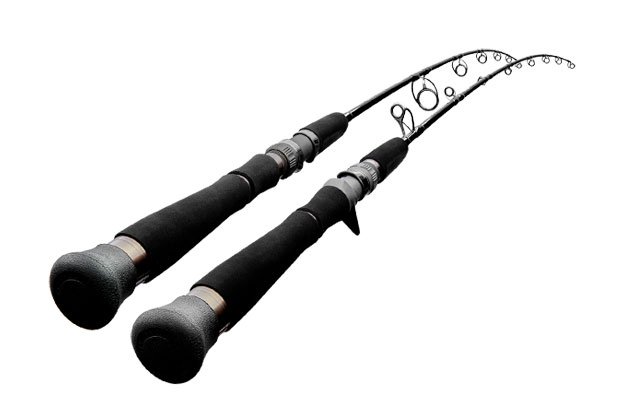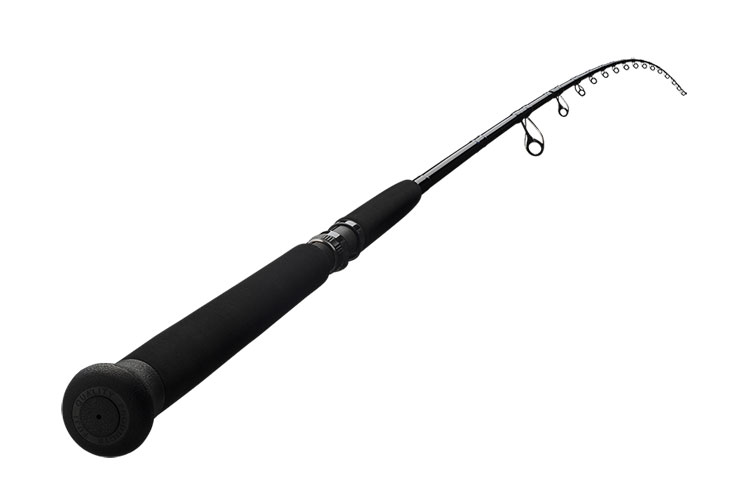DBL Structure
Technology
New Blank Design Technology
For Heavy Lifting Durability
SCROLL
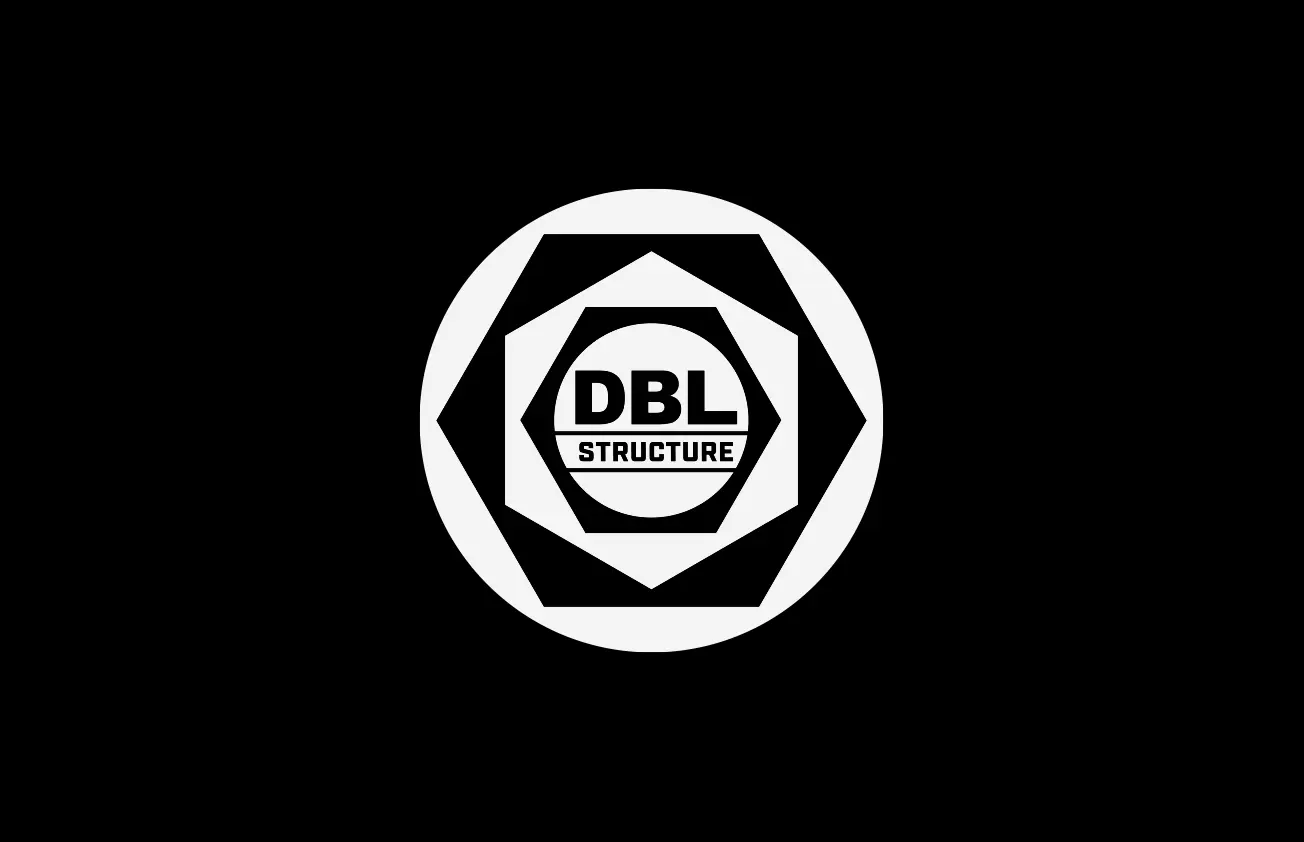
Concept
Concept
A rod that hauls in monsters
Imagining monsters that surpass the norm and seeking only great power from a rod results in merely a stiff rod that demands muscle strength and physical power from the angler. Such a "hard rod" is difficult to handle, exceeding the strength and physical power of the angler. That's no way to battle monsters. What big game requires is a rod that places constant pressure on a monster and lifts it to the surface, while offering the angler easily handling even through the most protracted fight. The pursuit of a solution to this need arrived at the DBL Structure blank design.
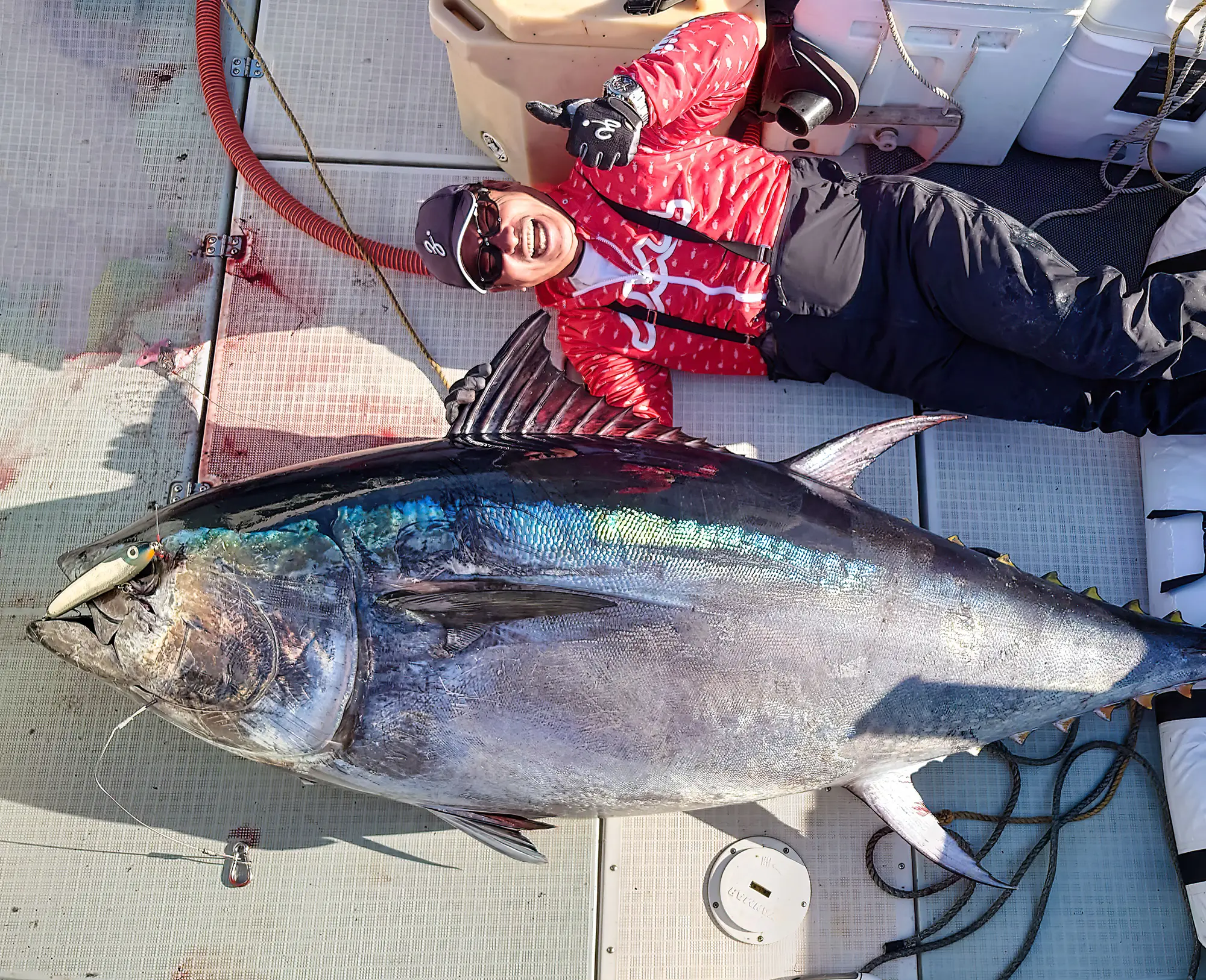
What is DBL (Deep Bias Layered) Structure?
An infinity of patterns for blank production exists, including in the elasticity, thickness, amount of resin, and fiber angle in the carbon material that is a key element in blank production, as well as in the taper design of mandrel. From among the infinite combinations of these elements, DBL Structure finds the optimal material heavy layering (Deep) and optimal fiber direction (Bias), and stacks these (Layered). This blank design technology in effect creates the physique of a trained heavyweight athlete, dimensions apart from rods that seek delicacy and lightness. Its manufacturing method, which allows free design of the required torque and power, fulfills the necessary action, durability, and flexibility. Its development called for high-level blank producing technologies in the compositing of complex carbon materials and, above all, painstaking work to discover the optimal choices from among infinite combinations. (Patent pending)
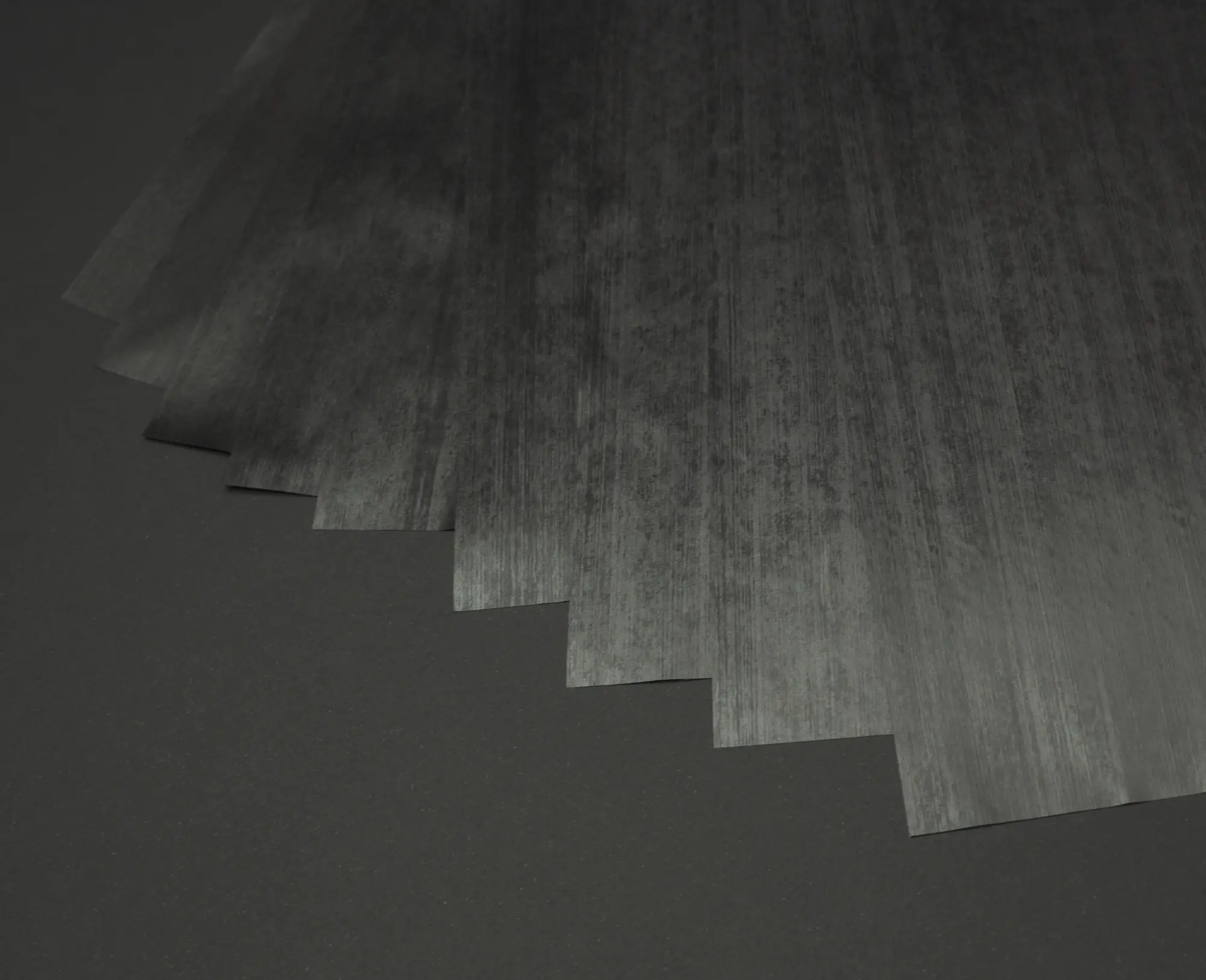
Two Advantages
Advantages
-
Advantages.01The power and torque to bring monsters to the surfaceA blank that is simply imbued with power can be compared to an iron bar. Considerable power is needed to bend it. With an exquisitely laminated spring, however, the action of the spring can be leveraged while bending under less force. The result is a rod that brings monsters to the surface while flexing in a way that leaves the angler in a comfortable stance. This is the greatest advantage of DBL Structure design in big game rod design. Lightness alone is not necessarily the easy way to big game. Layering carbon fiber in a biased state yields a highly durable blank that resists deterioration even through hard use.
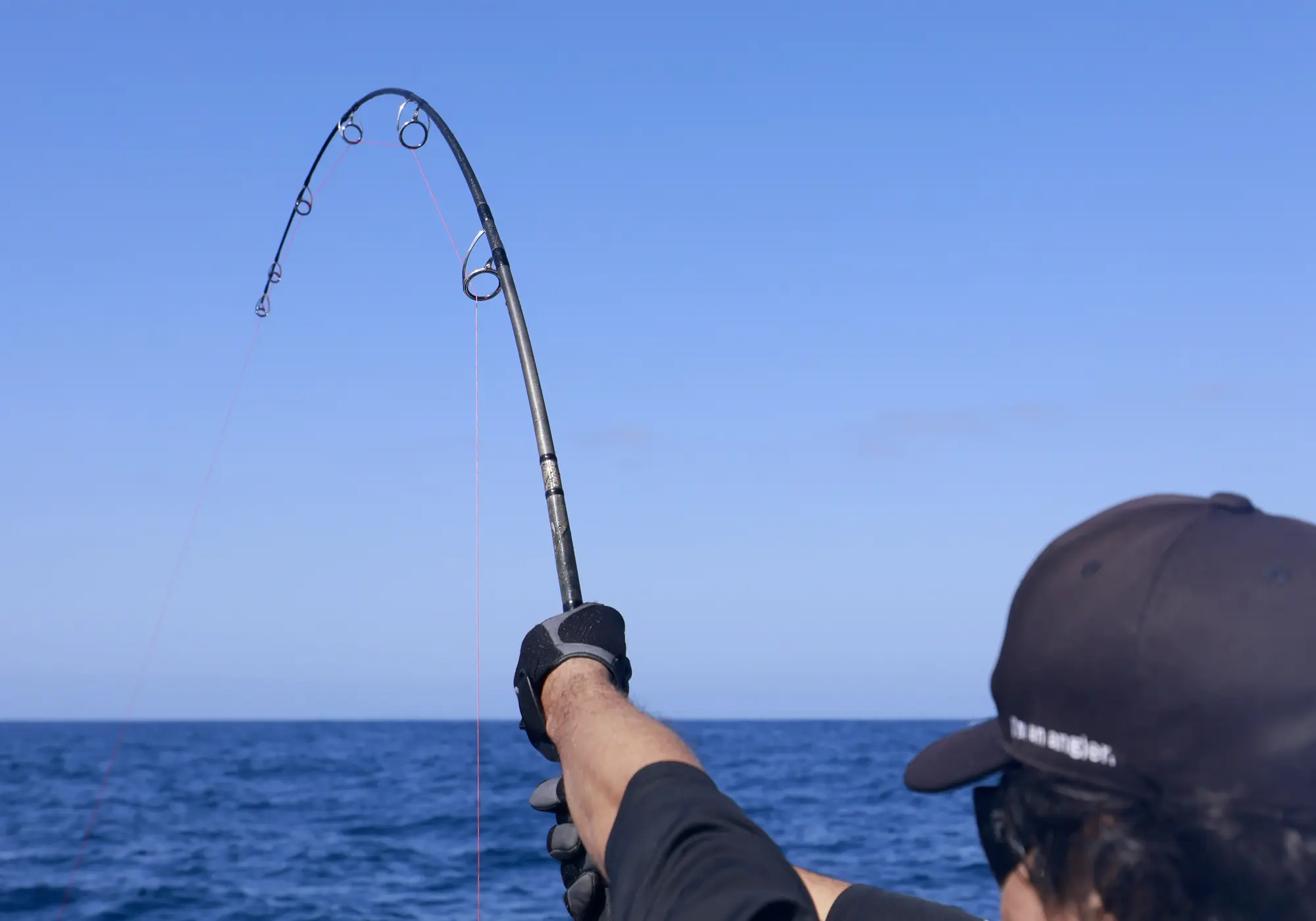
-
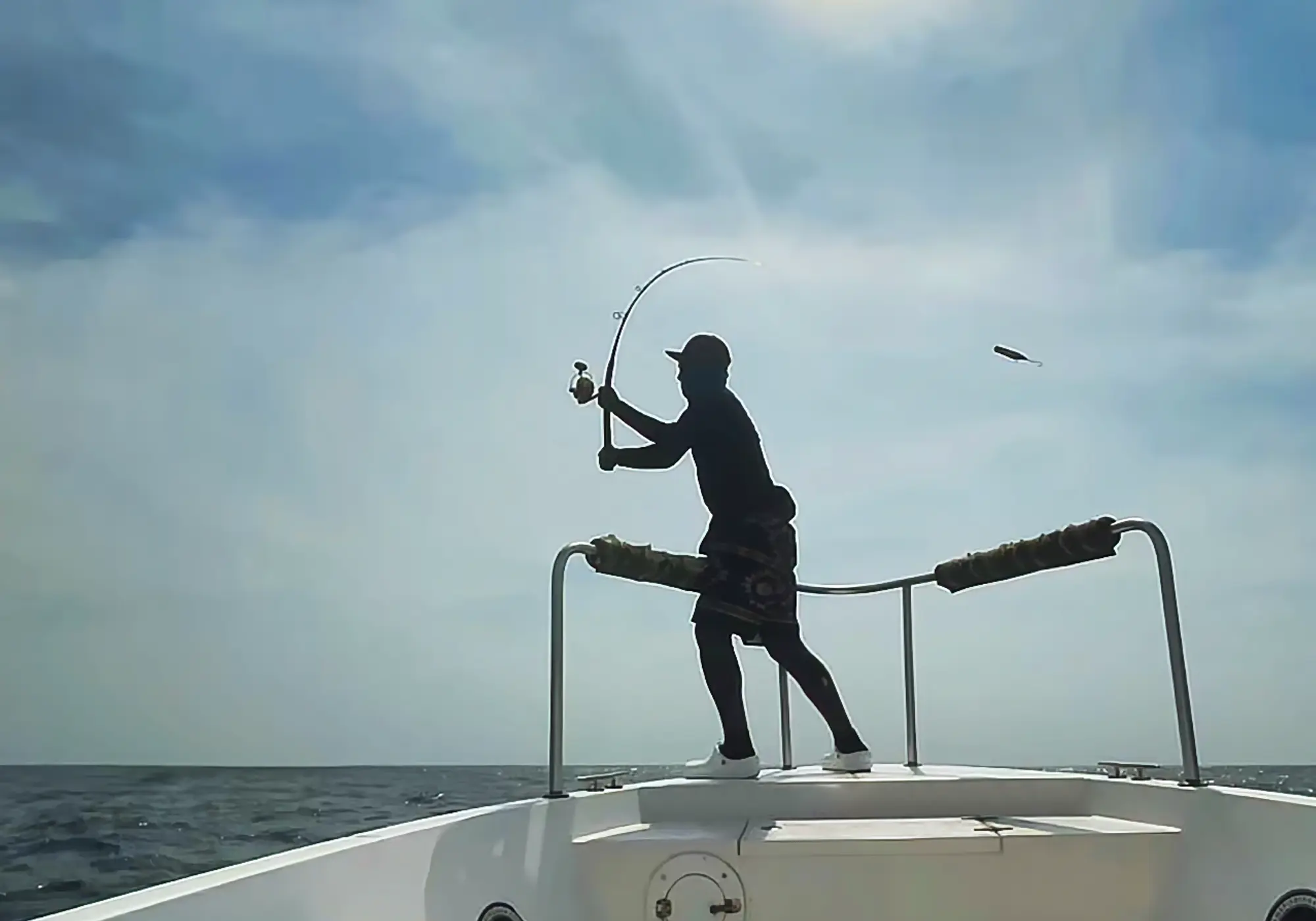 Advantages.02A broader range of usable luresImbuing a rod with the needed power while hewing to normal blank methods results in a narrow permissible range in the portion from middle to butt section, also narrowing the range of usable lures. DBL Structure enables design in which the portion from middle to butt flexes according to the load, making casting and lure manipulation possible with a broader range of lures, from lightweight to heavy, to match wide-ranging sea conditions. In casting lightweight lures, a flexible tip alone fails to offer sufficient casting distance and direction. Flexible strength in the portion from middle to butt is needed. When a baseball player hurls the ball, simply swinging the arm does not impart the needed ball speed or direction. What is needed is lower body and upper body strength. In lure casting, too, the portion from middle to butt changing with the load enables the stabilization of distance and direction.
Advantages.02A broader range of usable luresImbuing a rod with the needed power while hewing to normal blank methods results in a narrow permissible range in the portion from middle to butt section, also narrowing the range of usable lures. DBL Structure enables design in which the portion from middle to butt flexes according to the load, making casting and lure manipulation possible with a broader range of lures, from lightweight to heavy, to match wide-ranging sea conditions. In casting lightweight lures, a flexible tip alone fails to offer sufficient casting distance and direction. Flexible strength in the portion from middle to butt is needed. When a baseball player hurls the ball, simply swinging the arm does not impart the needed ball speed or direction. What is needed is lower body and upper body strength. In lure casting, too, the portion from middle to butt changing with the load enables the stabilization of distance and direction.

